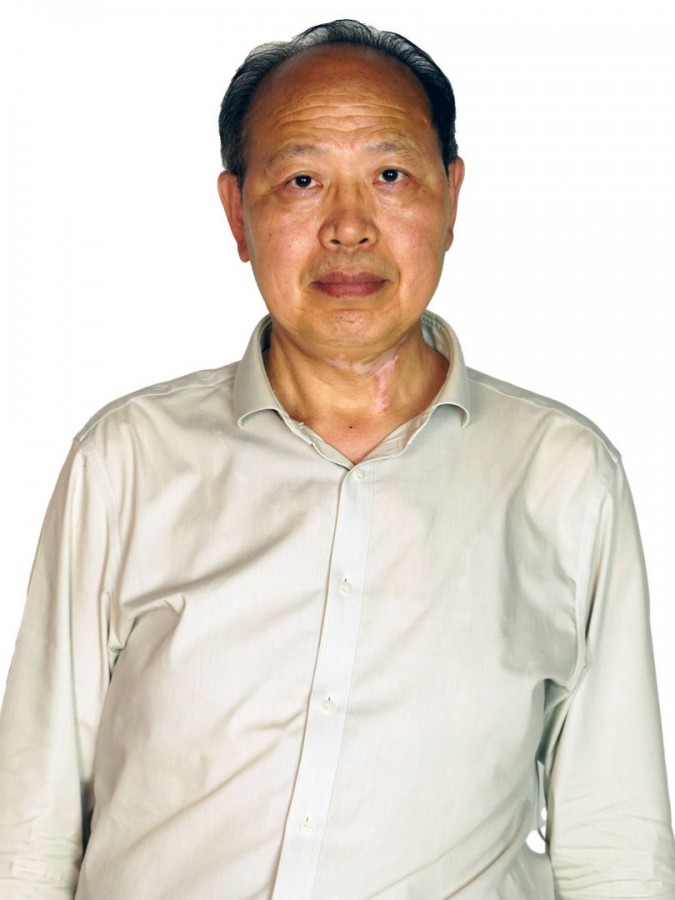resumo
Solid-state light-emitting diodes (LEDs) are driving the lighting industry towards efficient and environmentally friendly lighting and displays. Current challenges encompass efficient and low-cost down-shifting phosphors with tuned emission colors. Green light lies on the low-loss optical transmission window in plastic optical fibers and plays a special role in the regulation of the human and plant circadian rhythms. Moreover, green-emitting phosphors may suppress the green gap found in semiconductor-based LEDs. In this work, a UV-photostable green-emitting complex, Tb(NaI)(3)(H2O)(2), with NaI = nalidixic acid (1-ethyl-1,4-dihydro-7-methyl-4-oxo-1,8-naftiridine-3-carboxylic acid), was incorporated into tripodal organic-inorganic hybrid materials. The hybrid hosts boost the absolute emission quantum yield from approximate to 0.11 (isolated complex) to approximate to 0.82 (doped hybrid), which is the largest value reported for Tb3+-based hybrid phosphors. A green-emitting LED was fabricated by coating a near-UV LED (365 nm) with a Tb3+-activated organic-inorganic hybrid having pure-green-colored light with Commission International de l'Eclairage color coordinates and an efficacy value of (0.33, 0.59) and 1.3 lm W-1, respectively.
palavras-chave
ENERGY-TRANSFER; PHOSPHORS; EFFICIENCY; PHOTOLUMINESCENCE; COMPLEXES; RED
categoria
Chemistry
autores
Correia, SFH; Fernandes, RL; Fu, LS; Nolasco, MM; Carlos, LD; Ferreira, RAS
nossos autores
Grupos
G1 - Materiais Porosos e Nanossistemas
G2 - Materiais Fotónicos, Eletrónicos e Magnéticos
G6 - Materiais Virtuais e Inteligência Artificial
Projectos
Díodos emissores de luz (LEDs) branca, inovadores, sintonizáveis e sustentáveis (WINLEDs)
Rede Nacional de Ressonância Magnética Nuclear (PTNMR)
Projeto de Investigação Exploratória: Mariela Nolasco (IF/01468/2015)
agradecimentos
This work was developed within the scope of the project CICECO-Aveiro Institute of Materials (UIDB/50011/2020 & UIDP/50011/2020) and WINLEDs (POCI-01-0145-FEDER-030351) financed by national funds through the Fundacao para a Ciancia e a Tecnologia/Ministerio da Educacao e Ciancia (FCT/MEC) and co-financed by FEDER under the PT2020 Partnership Agreement. The NMR spectrometers are part of the National NMR Network (PTNMR) and are partially supported by Infrastructure Project No 022161 (co-financed by FEDER through COMPETE 2020, POCI and PORL and FCT through PIDDAC). SFHC thanks SolarFlex, CENTRO-01-0145-FEDER-030186. FCT is gratefully acknowledged for funding a researcher contract to M. M. N. (IF/01468/2015). Instituto de Telecomunicacoes from University of Aveiro is acknowledged for the PCB printing and R. R. Rondao from University of Aveiro is acknowledged for the hybrids' synthesis.





